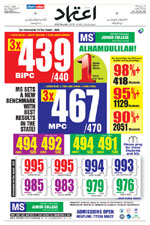IMD predicts good rainfall in August and September
Tue 02 Aug 2016, 10:28:48
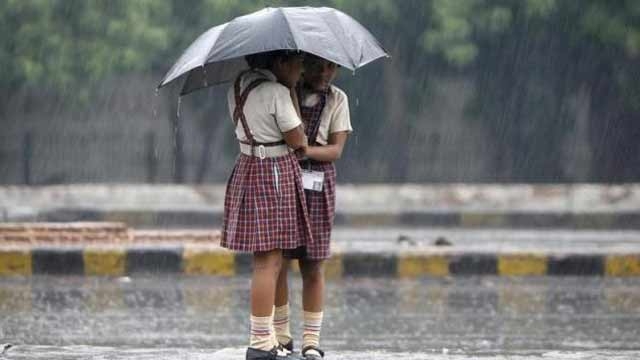
A good amount of rainfall in July cleared the accumulated deficiency for the season until now, with the India Meteorological Department (IMD) on Monday predicting “above normal rainfall” for the next two months. The news augurs well for agriculturists after two consecutive bad monsoon. Until July 31, nearly 21% of the country received “deficient” rainfall.
According to the IMD, the deficiency has reached 49% in Saurashtra and Kutch region followed by Gujarat region (39), Himachal Pradesh (27), Assam and Meghalaya (26), Nagaland, Manipur, Mizoram, Tripura and Kerala (25), and Odisha (20). Regions like Vidarbha and Marathwada, which faced acute crisis due to two consecutive droughts, have received normal rainfall so far.
“The rainfall deficiency in June was 11%, but July saw 7% more rains than the normal limit. So, the accumulated deficiency of June got wiped out,” said newly appointed IMD Director General K J Ramesh. The good news is that the next two months could see good
rainfall. August will see a “normal” rainfall while September is expected to witness “above normal” precipitation.
rainfall. August will see a “normal” rainfall while September is expected to witness “above normal” precipitation.
“Rainfall over the country as a whole during the second half of southwest monsoon season (August and September) is most likely to be above normal. “Quantitatively, the rainfall for the country as a whole during the second half of the season is likely to be 107 period of Long Period Average (LPA). The rainfall during August is likely to be 104 plus/minus 9% of LPA as was forecast in June,” the IMD said.
Weather Risk, a weather risk management company, predicted that rainfall could be “somewhat on the negative side” in northwest, northeast and east India. Rainfall is expected to be good in central India and southern peninsula, it said.
Anything less than 90% of the LPA is termed as a “deficient” monsoon and 90-96% of the LPA is rated as “below normal”. Monsoon is considered “normal” if the period is between 96 and 104% of the LPA.
No Comments For This Post, Be first to write a Comment.
Most viewed from National
Most viewed from World
AIMIM News
Latest Urdu News
Most Viewed
May 26, 2020
Do you think Canada-India relations will improve under New PM Mark Carney?
Latest Videos View All
Like Us
Home
About Us
Advertise With Us
All Polls
Epaper Archives
Privacy Policy
Contact Us
Download Etemaad App
© 2025 Etemaad Daily News, All Rights Reserved.


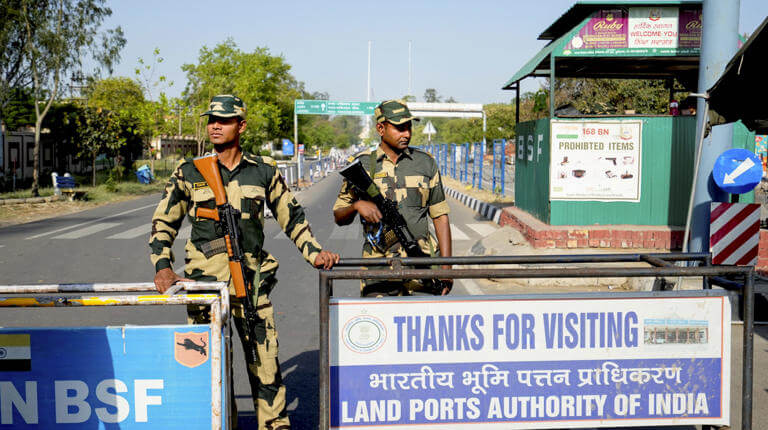
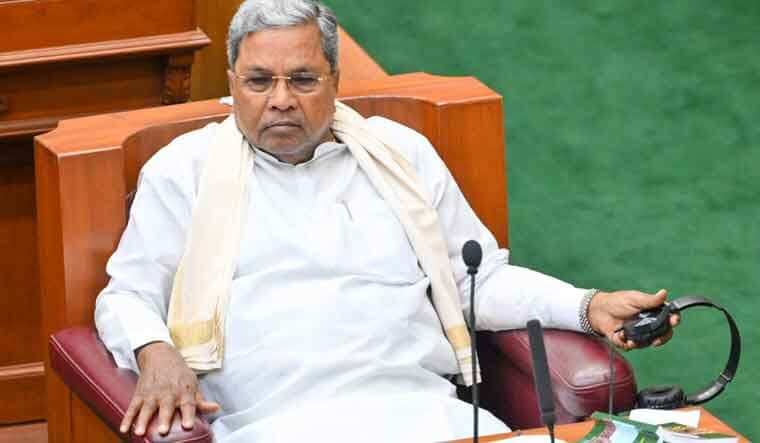

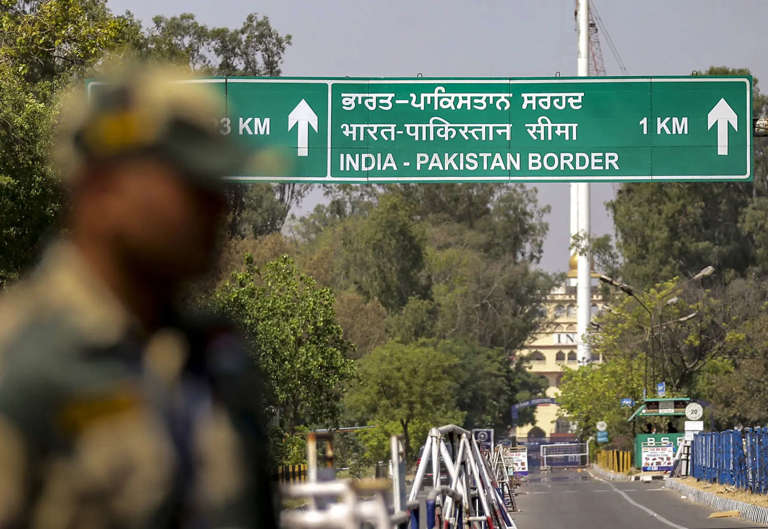


.jpg)
.jpg)
.jpg)
.jpg)
.jpg)
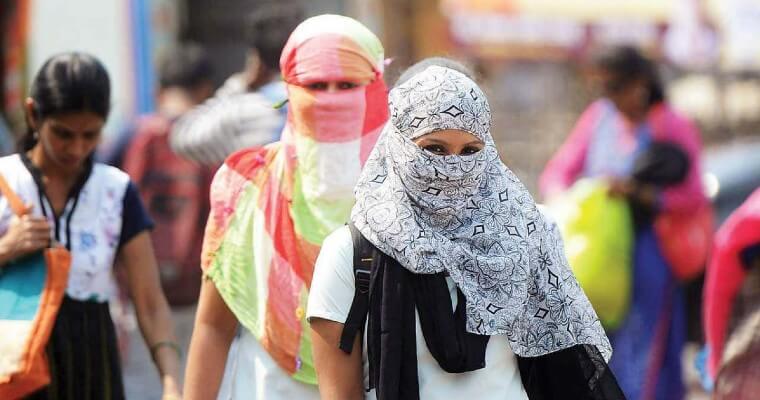
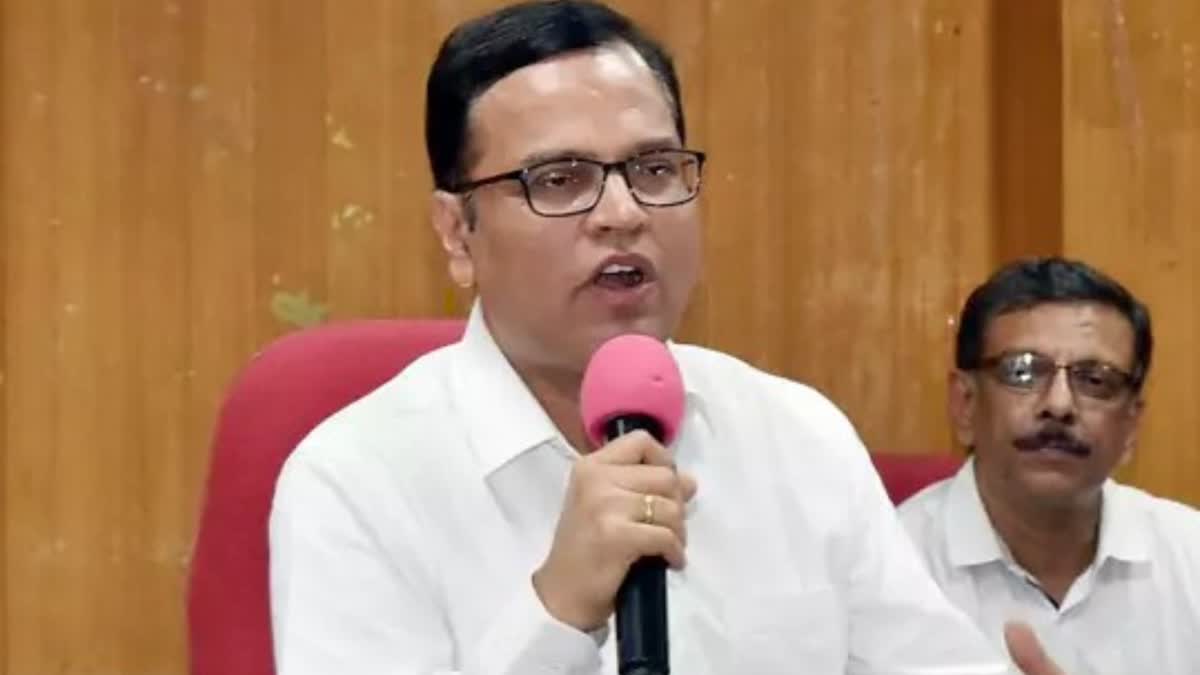
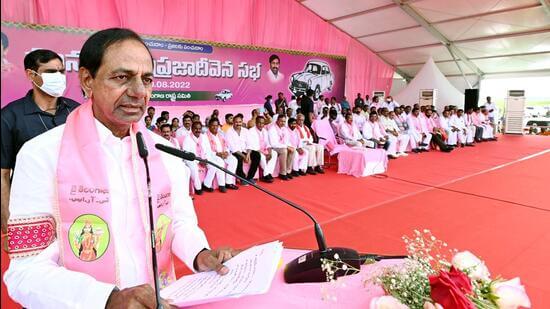

.jpg)
.jpg)
.jpg)
.jpg)
.jpg)
.jpg)
.jpg)
.jpg)

